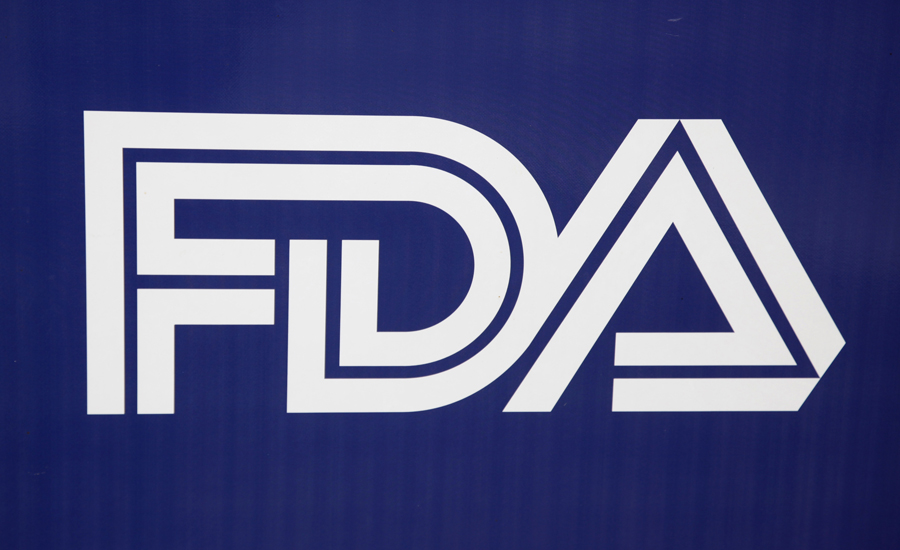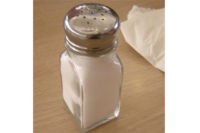With a goal of helping Americans live healthier lives, FDA has issued a draft guidance of its long-awaited voluntary sodium reduction goals that aims to pressure food manufacturers into cutting the salt in their products.
According to FDA, average sodium intake in the US is approximately 3,400 mg/day, almost 50 percent more than what most experts recommend. The draft short-term (two-year) and long-term (10-year) voluntary targets for industry are intended to help consumers gradually reduce sodium intake to 2,300 milligrams (mg) per day—about one teaspoon of salt—a level recommended by experts. The targets are also intended to complement many existing efforts by food manufacturers, restaurants, and food service operations to reduce sodium in foods.
“Many Americans want to reduce sodium in their diets, but that’s hard to do when much of it is in everyday products we buy in stores and restaurants,” says HHS Secretary Sylvia Burwell. “Today’s announcement is about putting power back in the hands of consumers, so that they can better control how much salt is in the food they eat and improve their health.”
FDA is specifically encouraging food manufacturers to adopt the goals since a majority of American’s sodium intake comes from eating processed and prepared foods. A number of food companies have already taken steps to address these concerns and tweaked their ingredients to achieve necessary goals.
Included in the draft guidance is a common system for defining and measuring progress on reducing sodium in the US food supply. The approach is to establish reasonable, voluntary reduction targets for the majority of processed and prepared foods, placing foods in nearly 150 categories from bakery products to soups.




